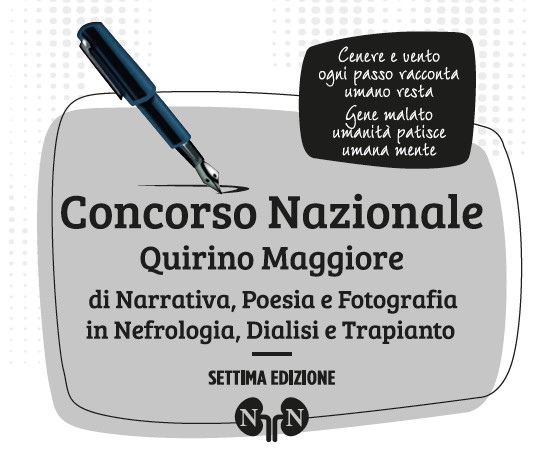Downloads
How to Cite
Standoli, M. L., Albasini, N., Magarini, C., Sciri, R., Trivelli, F., Covarelli, C., Del Sordo, R., Marchese, L., & Nori, G. (2015). Post-infectious acute glomerulonephritis in an elderly and diabetic patient with cutaneous Staphylococcus Aureus meticillin-resistant infection. Giornale Di Clinica Nefrologica E Dialisi, 27(2), 93–97. https://doi.org/10.33393/gcnd.2015.804
Issue
Section
Short Communications
Statistics
- Abstract views - 782 times
- PDF (Italiano) downloads - 788 times
Sign up
Browse
Most popular articles in the last 30 days
-
398
-
331
-
260
-
213
-
205











